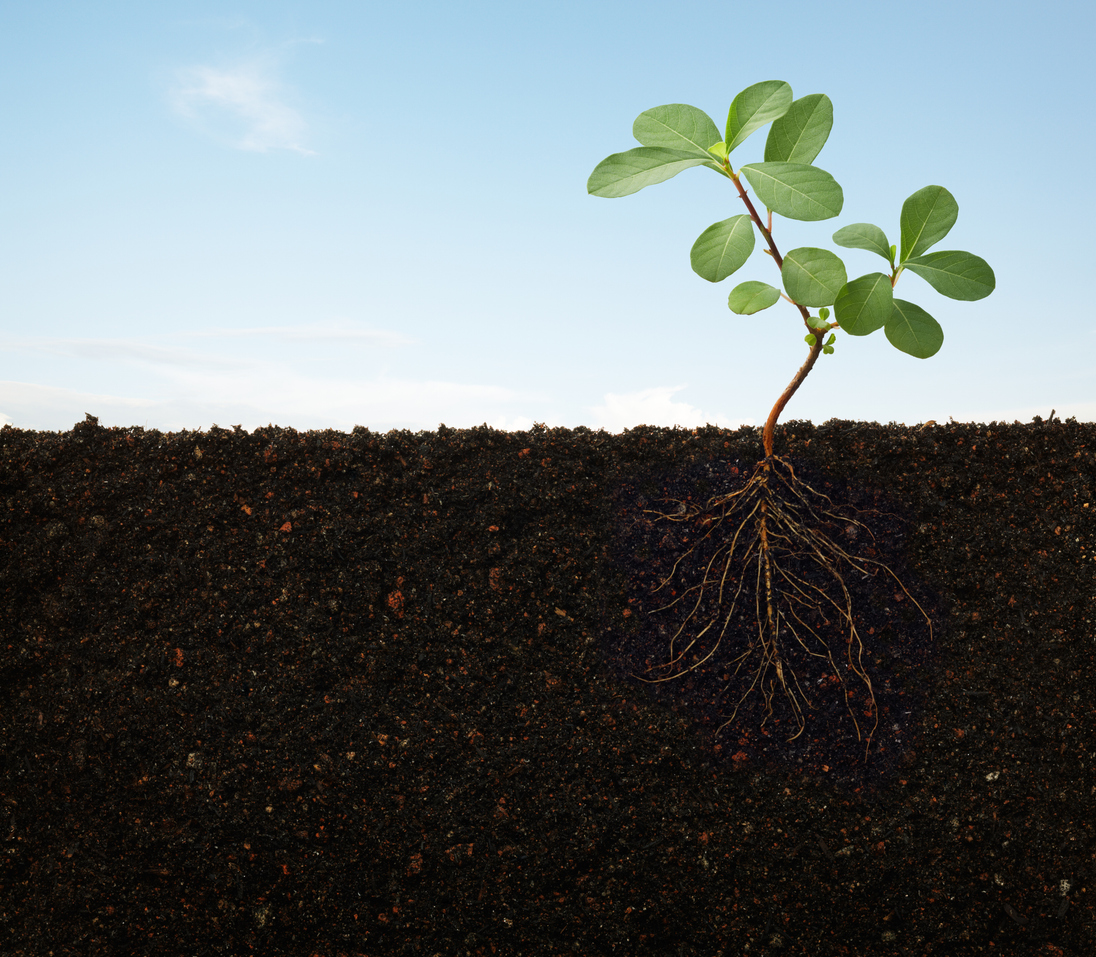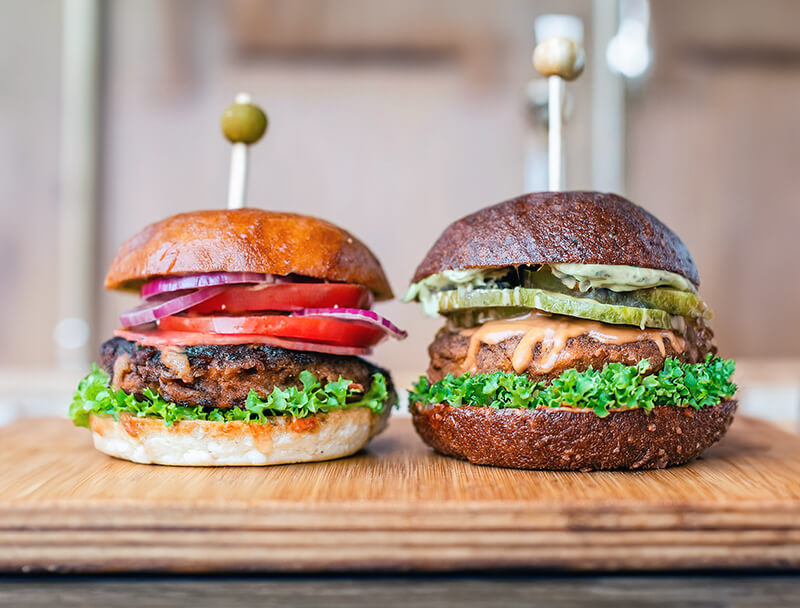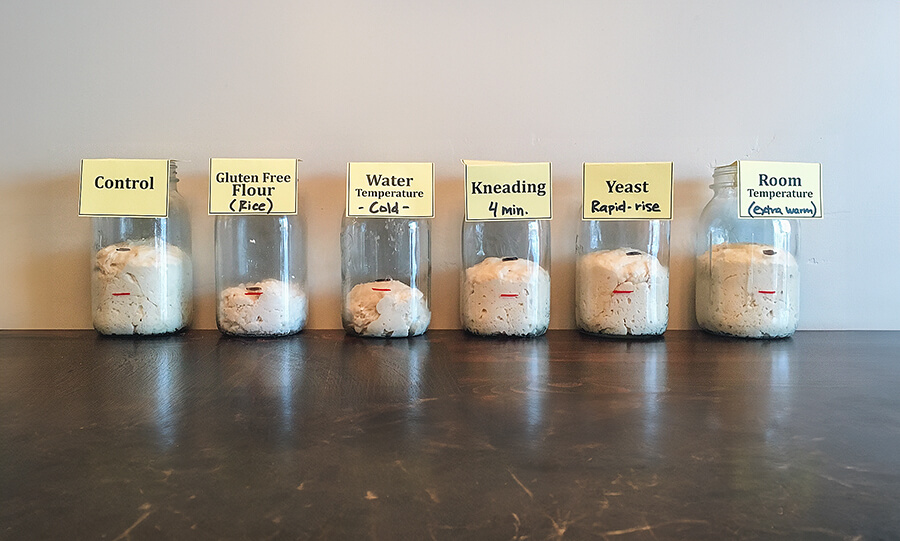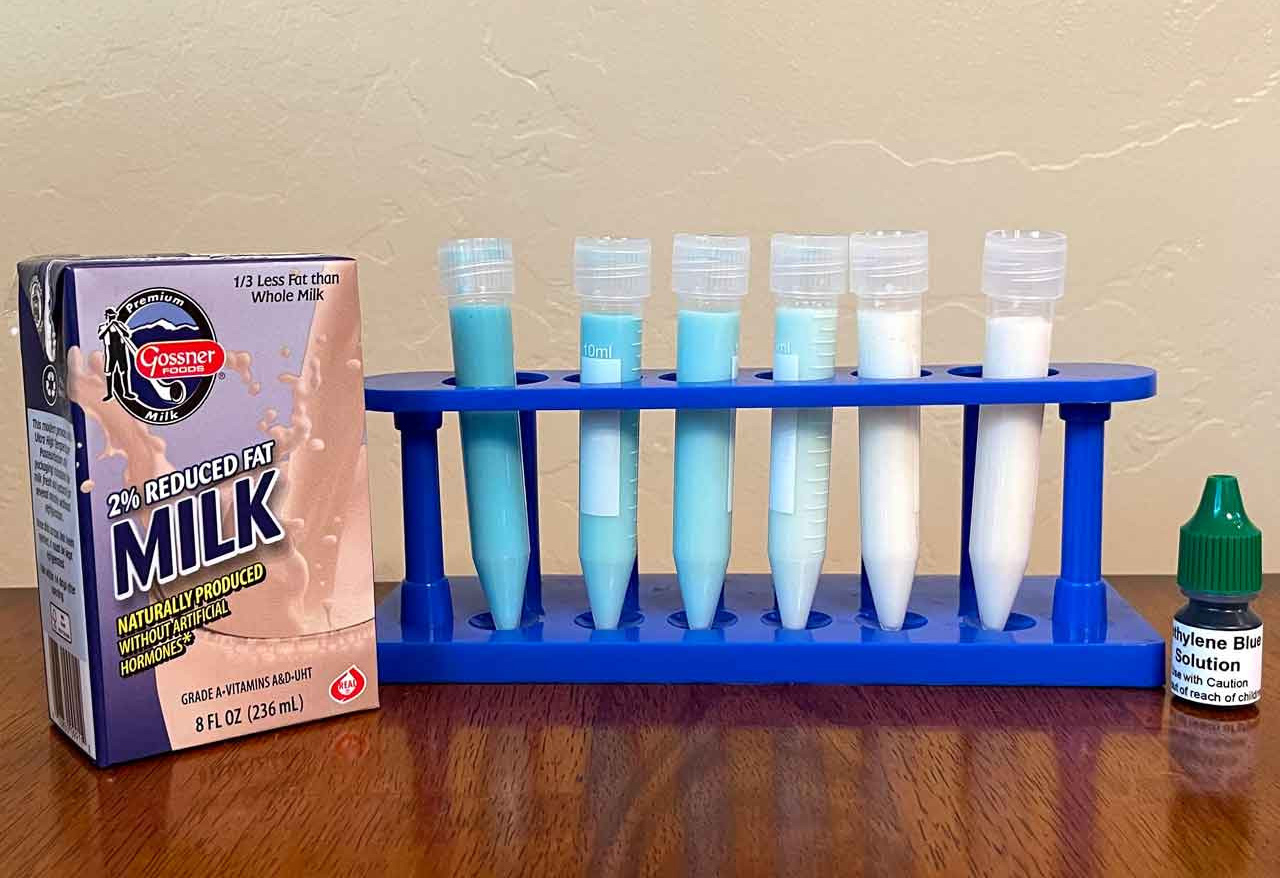Surrounded by Plants
Students identify the importance of plants to human life by surveying their home and neighborhood for plant products used for medicine, aesthetics, fuel products, fiber, and food.
Students identify the importance of plants to human life by surveying their home and neighborhood for plant products used for medicine, aesthetics, fuel products, fiber, and food.
Students will distinguish between natural and artificial selection and use a student-centered learning activity to see how science and genetics have been used to artificially select apples for specific traits like color, texture, taste, and crispness.
In this lesson, students will use their knowledge of solutes, solvents, and parts per million to analyze fertilizer options that meet plant nutrient requirements while evaluating costs associated with managing plant nutrients.

Students will explain the roles of diffusion and active transport in moving nutrients from the soil to the plant, describe the formation of soil and soil horizons; and describe the events in the Great Dust Bowl, how they relate to soil horizons, and how those events affected agricultural practices.
In this lesson students will describe the domestic food supply chain and identify the use and types of energy involved in the growth, harvest, processing, transportation, and marketing of an agricultural commodity.

Students compare the components of beef and plant-based burgers by determining the production and processing methods of each product; evaluate the ingredients and nutritional differences between beef and plant-based products; and discuss different points of view in the agricultural industry concerning plant-based proteins and traditional beef. This lesson covers a socioscientific issue and aims to provide students with tools to evaluate science within the context of social and economic points of view.

Students explore the phenomenon of what makes bread dough rise. Using baker's yeast, students will observe alcoholic fermentation and its connection to cellular respiration as they are challenged to act as food scientists and develop the best recipe for quick-rising bread dough.

This lab introduces students to the effect temperature has on reducing and controlling the growth of bacteria. Students will use conventionally pasteurized and ultra-high-temperature (UHT) milk to observe how different temperatures (hot, room temperature, cool, and freezing) affect the growth of spoilage bacteria. They will also learn about the importance of pasteurization in keeping food safe.
This lesson allows students to apply the concept of Mendelian genetics and learn about the double muscling trait found in cattle. Students will apply their knowledge of genetics and Punnett squares to calculate the probability of genotypes and use a pedigree chart.
Students learn about DNA by extracting it from strawberries. Students also analyze the similarities and differences of their extraction process to those on Genetic Engineering: The Journey of a Gene. Students learn how genetic testing (including DNA extraction) is useful in breeding new varieties of strawberries.
This lesson introduces students to the relationships between chromosomes, genes, and DNA molecules. Using the example of a strawberry, it also provides activities that clearly show how changes in the DNA of an organism, either naturally or artificially, can cause changes.
Students will simulate the process of gene splicing, understand the application of transgenic organisms in agriculture, and see how goats can be used for the production of goods other than meat and milk through the use of biotechnology.